Task 1
A catalogue of Biological Objects
- Diatoms
- Paramecium Caudatum (Photo John J. Lee)
- Saccharomyces Cerevisae
- The Giardia parasite
- Ecoli (Photo: Cleveland Clinic)
- Lactobacillus acidophilus(Photo by Scimat, 2016)
(Top-Left) Diatoms are single-celled algae and are the only organisms to have transparent cell walls made from sillica. ( Spaulding, Diatoms of North America. Retrieved October 4, 2021). I chose to include diatoms in my catalogue because of their vivid cyan blue and sage green colour and intricate circular patterns.
(Top-Right) Saccharomyces Cerevisae is commonly used in the food and drink industry to produce fermented drinks like beer and bread. (G.G. Stewart, in Encyclopedia of Food Microbiology (Second Edition), 2014). This single celled organism reminds me of geodes becasue of their oval shape and the colour gradient of deep purple to cyan blue.
(Bottom-Left) This parasite is found in contaminated food and water. One can contract giardiasis if they swallow the germ which then can be passed from person to person through contaminated surfaces. (Centres for disease Control and Prevention)
(Bottom-Middle) Ecoli is a common bacteria found in the intestines of humans and animals, it is mostly harmless however some strains can make one very ill if you eat contaminated food ie. get food poisoning. (Felson, Sabrina, 2020)
(Bottom-Right) Lactobacillus acidophilus is a type of bacteria found in the intestines that produces lactic acid. It is a probiotic that had been found to have health benefits such as the ability to lower cholesterol.The illuminous blue web around the bacteria is unlike the other unicellular orginisms in my catalogue which is why I chose to include it. (Ruairi Robertson, PhD on June 14, 2017)
A Catalogue of Zoological Objects
- A Toucaan Beak
- A Cliff Swallow Egg
- Elk Antlers (Photo by Oklahoma City Zoo)
- A Skull of a Ram (Photo by The Natural Showroom)
- A Tortoise Shell (Photo by Claire Reeves)
- A Peacock Feather (Photo by Joel Sarore)
(Top-Left) The intense ochre yellow and crimson red colours on the beak was enough to catch my eye and add it to my catalogue of zoological objects.
(Top-Middle) I chose to include an egg in my catalogue because I think they symbolise a lot, for example the beginning of life and how fragile it is.
(Top-Right) To me antlers are reminiscent of natural forms like vines or tree trunks due similarities in shape, colour and texture. It feels like they have been individually hand carved because of their unique shape.
(Bottom-Left) The spiralling horns make my think of a mythological creature like a minotaur which gives the object a more sinister yet fantastical atmosphere.
(Bottom-Middle) I chose to include the tortoise shell in my catalogue of zoological objects because of the combination of textures it has; although the shell looks shiny and smooth due to the light reflecting on it upon closer inspection the surface is ribbed.
(Bottom-Right) Male peacock feathers need to be appealing to the eye to attract female mates. I like how the delicate ends hair-like strands of the feather tighten to create an image that reminds me of a blue eye.
A Catalogue of Botanical Objects
- The Rafflesia Arnoldii Flower (Photo by Jeremy Holden)
- Mistletoe (Photo by Barbara-Maria Damrau/Fotolia)
- The sycamore seed (Photo by Sylvain Corder)
- The Stone Oak Seed (My Photo)
- The Dandilion
- Poison Ivy
(Top-Left) Rafflesia Arnoldii are parasitic and the biggest flowers in the world with buds that spring from infected host vines that grow into huge flowers that can grow to 3 ft wide in a matter of months. (S Jonathan, Collossal Blossom, Harvard Magazine, 2017). There are many elements of this flower that catch my eye: firstly its rich crimson colour that is speckled by cream splodges then the bulbous structure that is different from alot of flowers that have more delicate petals.
(Top-Middle)Mistletoe is a parasitic plant that plagues timber and crop trees with growths that are known as ‘witch brooms’ that decrease the reproductiveness of the trees. It was be seen in large clusters that look like birds nests suspended in trees. ( Petruzzello,Melissa , Britannica, 2020). I chose to add the mistletoe plant to my catalogue because I like the juxtaposition of the fact it is a parasite with its seasonal link with Christmas which links to joy, happiness and giving.
(Bottom-Left) I was very intrigued with the different shapes and textures of the stone oak seeds. The smooth and silky parts compliment the curves of the seeds whilst the rough casing offers a harsh contrast.
Task 2: Notational Artist Studies
- My Anna Teresa de Keersmaeker study
- My Rudolph Laban study
- My William-Forsythe study
(Left)Here I have used pens to scribble one of Keersmaeker’s notational drawings that plan one of her choreographic pieces.
(Middle) I like the way Laban has worked over the top of the human form to indicate how the body will occupy the space around it. The curved thickness of the lines create a more dynamic atmosphere and emphasise the force of which the figures limbs will exert when moving around the space around it.
(Right) This is my imitation of a sketch of ‘Loss of Small Detail’ (1991) from William Forsythe’s notebook. I like how most of the marks are strong straight lines that force your eyes from the outside of the piece into the middle. The combination of straight, dotted and curved lines show different types of movement to create a wider understanding of Forsythe’s thought process.
Task 3: Blog entry + Illustrating using notations
Transformational Events
The life cycle of a toucan begins when an egg is incubated by its mother for 15-18 days before a chick slowly breaks out of the shell surrounding and emerges into the Amazon rainforest. The toucan chick then relies on its mother to survive for a short period before reaching maturity at age 5. Once mature the toucan will try to find a mate in order to continue to grow the species, however toucans are severely endangered and are at risk of dying out which would mean the life cycle events would stop. If the toucan is not killed by one of its many predators like a jaguar or eagle, then its natural life span is 20 years or 18 in captivity. After death the toucan will begin to decompose where it will be absorbed into the forrest floor where it’s nutrients will help the foliage around it grow. Eventually only the skeleton and brightly coloured beak will remain on the forest floor where it could possibly be found by a specialist. Then the beak could be transported back to a museum to be cleaned and preserved ready to be studied or put on display in a cabinet. (San Diego Zoo Wildlife Alliance, 2021)
Iterations of my notational illustrations
I have chosen to illustrate the toucan beak in the notational style of William Forsythe because the mixture of straight and curved lines he uses compliments the form of the beak; it has a brief rectangular shape but is still crooked and curving. This task has encouraged me to looked more closely at what shapes form an object and to use quicker movements with my hand so the form I do record is more instinctive.
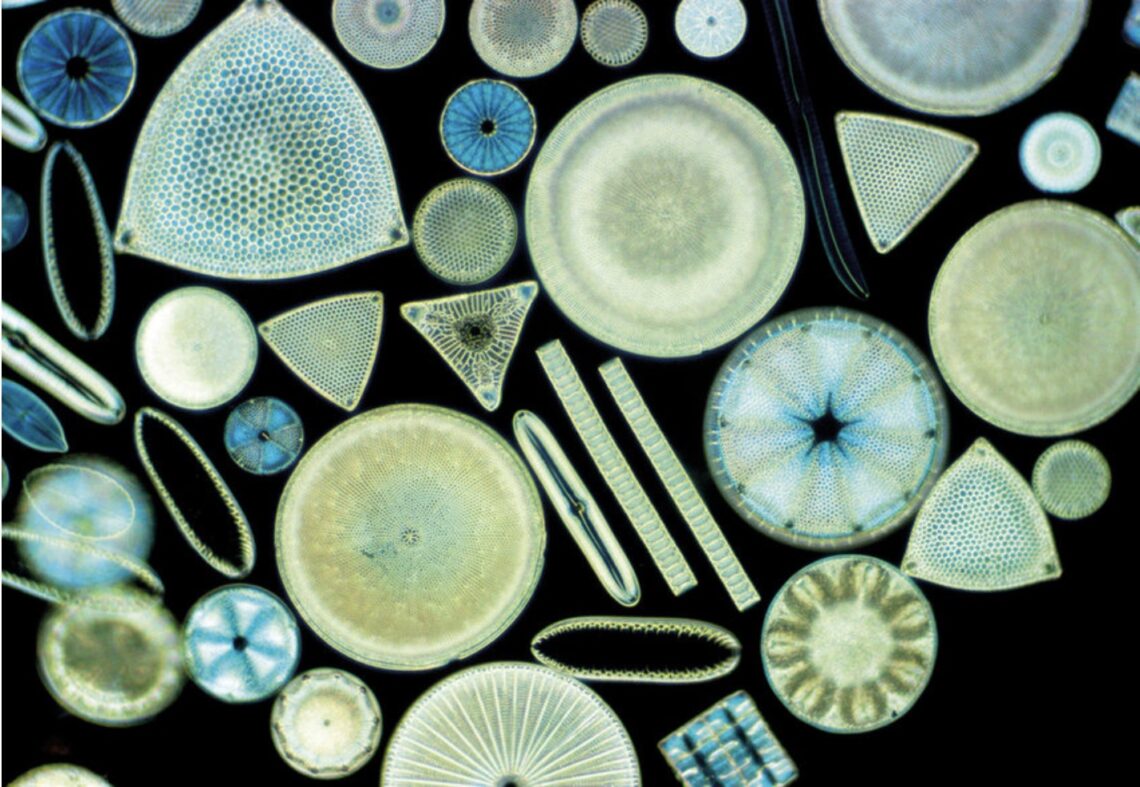
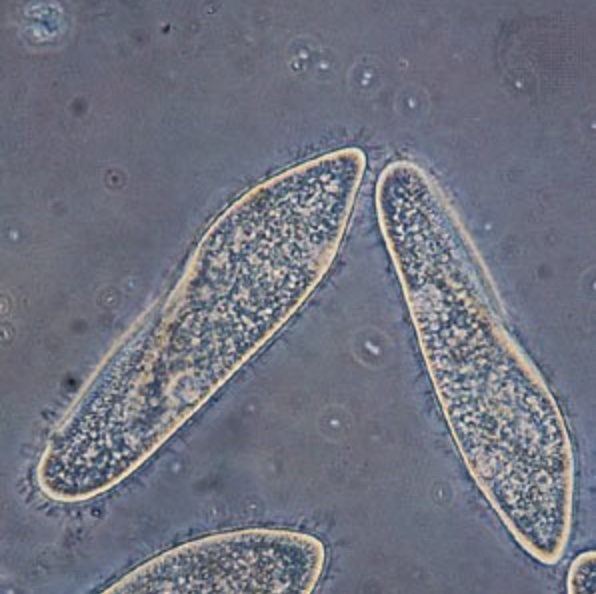


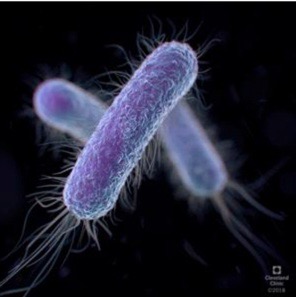
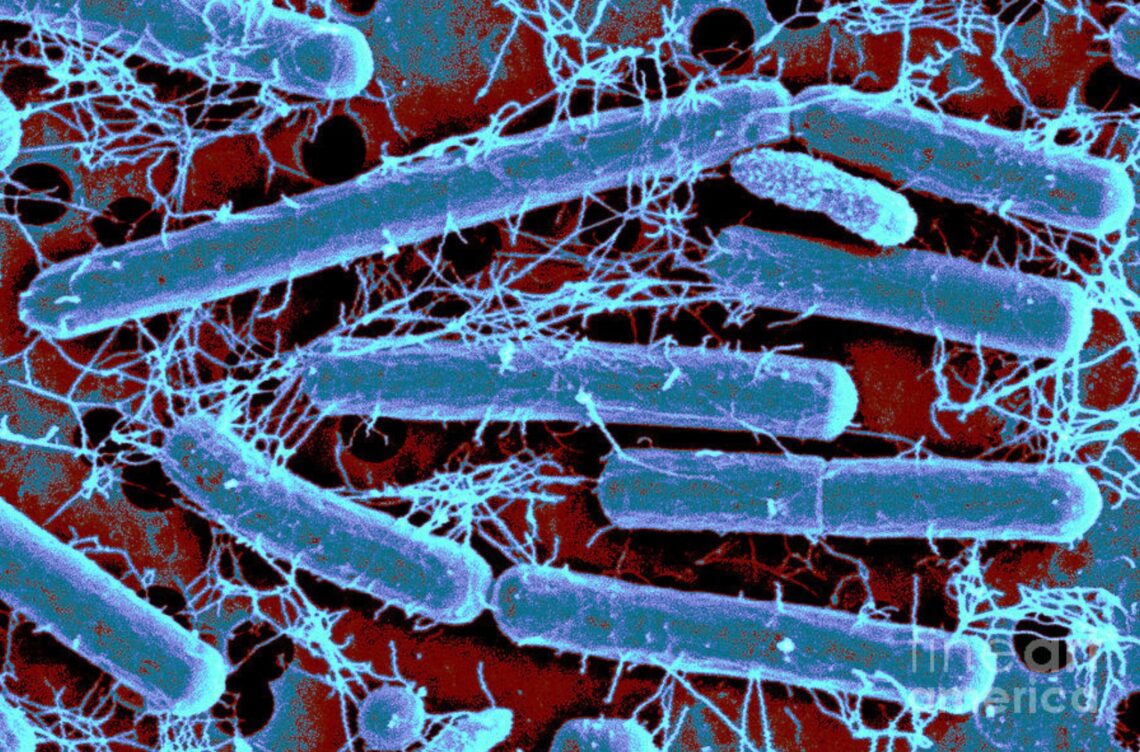
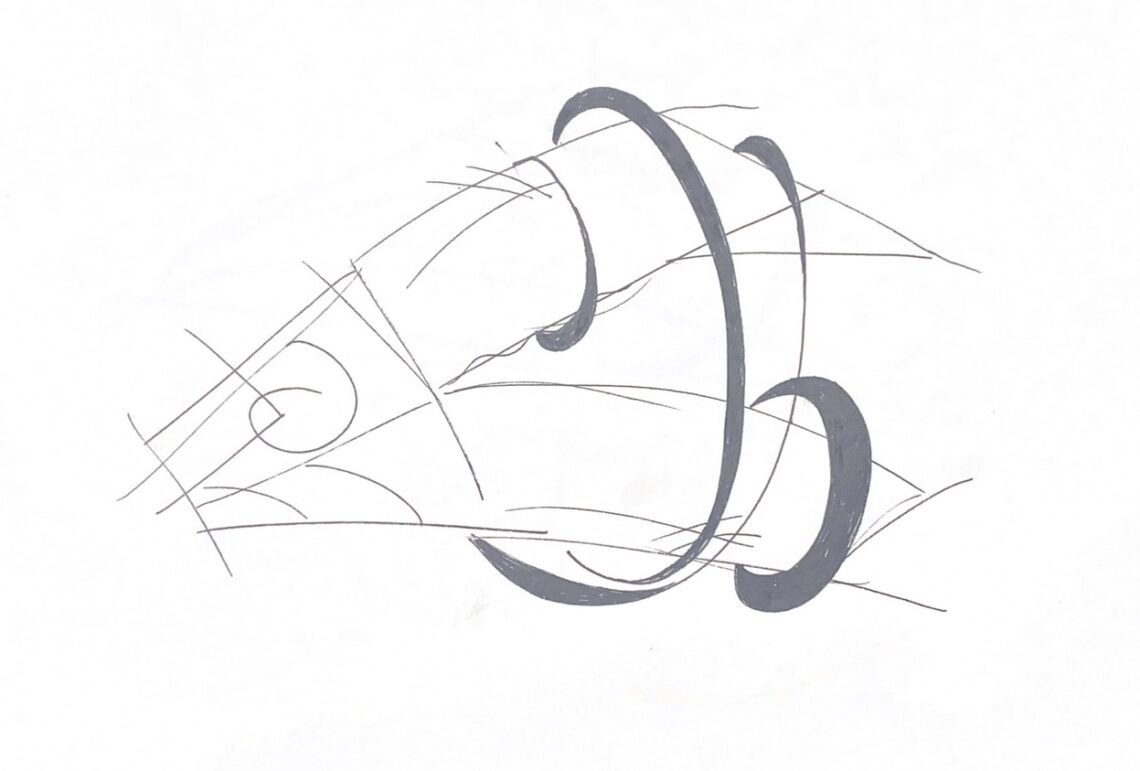


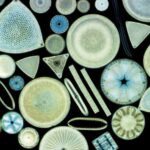
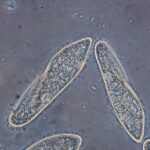
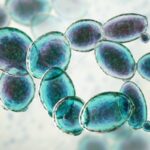

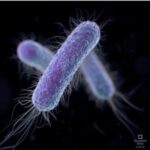

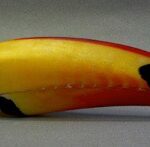
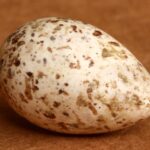
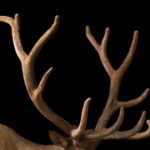

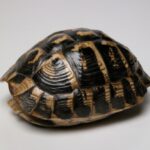
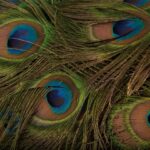
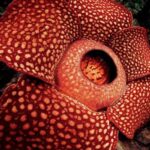
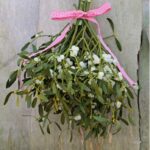

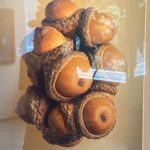
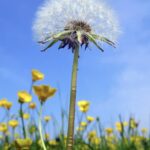

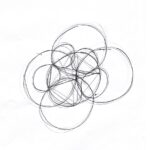
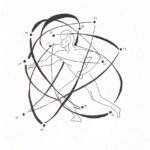
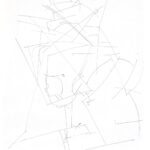

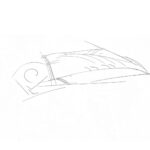



Leave a Reply